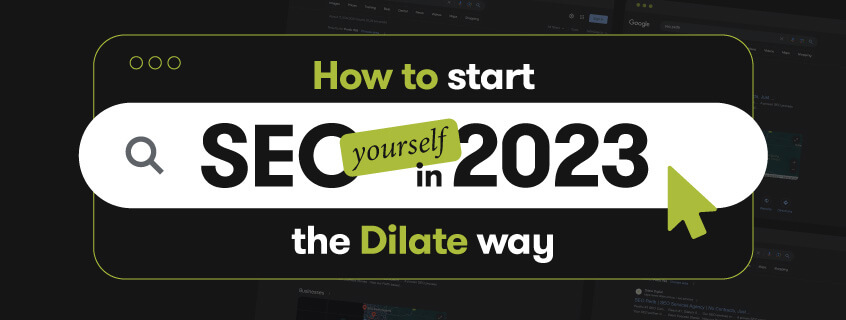

If you’re wondering how to do organic SEO for your brand, chances are you already know just how beneficial SEO can be for small businesses. Getting started with SEO is actually relatively simple and accessible. There’s plenty of information out there and lots of free tools you can make use of.
Efforts towards better SEO will benefit your website, even if you don’t see results with your ranking straight away. Improvements in user experience, speeding up your website and making high quality content are smart moves regardless of ranking and good for any brand.
However, getting true and lasting results with SEO is a big process, requiring a high time commitment. You see, SEO is a long term marketing strategy that requires nurturing to grow into something fruitful. The good news is, when you put in the time and effort, you’ll get a bountiful harvest that keeps nourishing the growth of your brand long into the future.
If you’ve had a look at your business and are ready to take the next steps with organic marketing, an SEO agency can help you create and implement an SEO strategy that gets impressive results. At Dilate, we can help with everything from keyword research and mapping to conversion-optimised content creation and targeted local SEO services.
Call us today on 1800 345 283 to see what we can do for you.
what our clients are saying
create business. better everyday.
Let's Talklearn from the best minds in the business
Bodie provides some insight into Dilate's internal operations. How we approach what we do, and how we strive to be Better Everyday.





